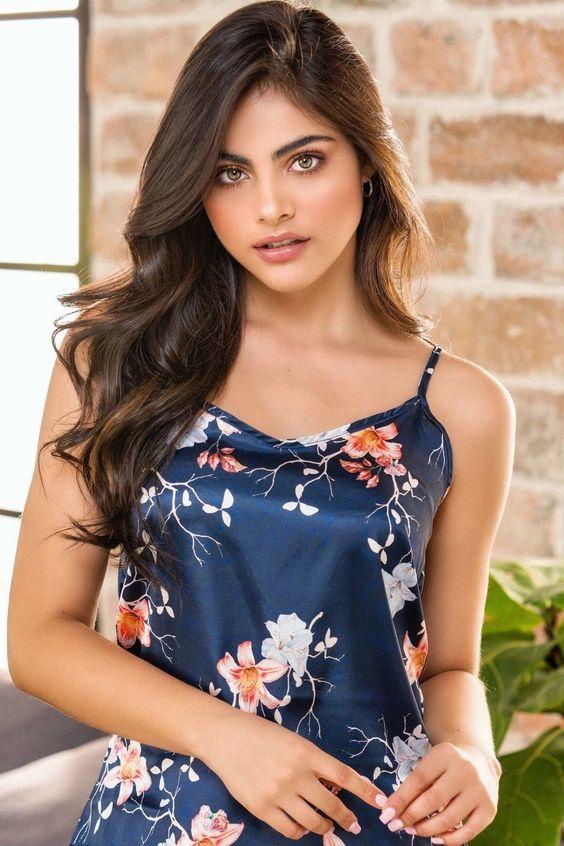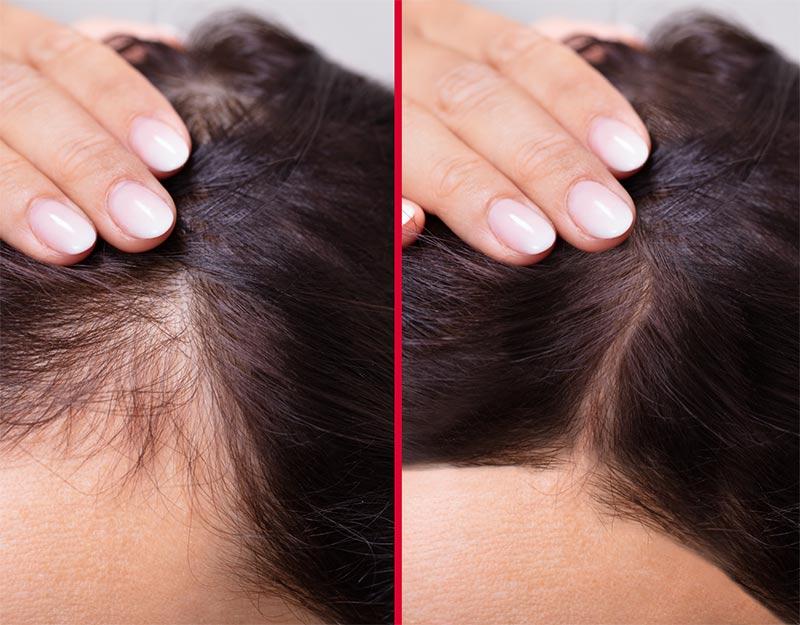When designing and manufacturing clothing or other fashion undertakings, the fabric used may make or break the result. Imported satin fabric is a popular choice among designers and manufacturers due to its exquisite sheen and drape. However, given the wide range of satin fabrics available on the market, it is critical to carefully analyze certain crucial elements to ensure that the proper fabric is chosen for each project. Let us look at some of the most essential considerations when purchasing imported satin fabric.
Weave and Thread Count
One of the first things to look into is the weave and thread count of various satin fabrics. Satin weave describes how the warp and weft threads are interwoven, with the warp threads floating over several weft threads to provide a smooth, shiny finish. Higher thread counts produce a finer, more expensive satin fabric. Lower thread counts may be appropriate for certain garments but not for others. Examining fabric samples under a magnifying glass can aid in comparing weaves and counts. The weave and thread count will influence characteristics such as durability, drape, and price point.
Satin in Ethnic and Cultural Fashions
Certain cultures have a long history of employing satin in distinctive clothes. For example, Indian bridal saris are frequently constructed using imported statins such as taffeta or charmeuse. The silky, shiny drape is ideal for these sophisticated outfits. Cheongsams, qipaos, and hanboks are other examples of cultural dress that highlight the elegance of satin. Understanding cultural fashion nuances assists in sourcing the best weight, sheen, and hues for these special event fashions.
Fabric Samples and Sourcing Options
Providing fabric samples is critical for designers and purchasers to assess possibilities. Request a selection of satin swatches that demonstrate different weights, weaves, finishes, and care requirements. Digital fabric libraries also provide a convenient virtual sampling. Consider obtaining directly from international mills, domestic distributors, or an increasing number of online fabric marketplaces. Each option offers advantages and disadvantages, including pricing, minimums, and delivery times. Examine many options to find the greatest fit.
Promoting Satin Styles.
Retailers and designers must showcase exquisite satin clothing and styles. Well-lit, high-quality product picture emphasizes the fabric’s drape and gloss. Social media advertising featuring fashion influencers broadens reach. Consider having both virtual and in-person trunk shows. Include swatches, care cards, and fabric content tags with each purchase. Customers are inspired and excited by promotions that highlight satin’s elegance and adaptability across a variety of outfits.
Color and Print Durability
Satin is available in a wide range of colors, including basic neutrals and vivid hues. Consider how colors can fade, particularly in printed designs. Swatches should be tested for colorfastness using soap and water or a color transfer test. Bright hues are ideal for one-season trends, whereas classics such as black and navy have longevity. Because of the numerous dyes used in prints, further color fastness testing is required. Choose a hue depending on current trends and the anticipated lifespan.
Width and Pattern Matching
Most imported satins come in conventional widths ranging from 54 to 60 inches. Wider widths minimize waste and seam lines. Pattern pieces may need to be altered for a nap, particularly in one-way designs. Stripes and prints require seam matching. Check the cloth for any manufacturing flaws. Width and matching have an impact on both efficiency and appearance.
Care, Flammability, and Allergies
Always read the care directions, especially for dry clean-only materials.Understand the criteria for furniture. Be careful of potential allergies from colors or fibers such as polyester, which may cause skin discomfort. Clearly explain care to avoid accidents and ensure client safety.
Price points and minimums
Satin fabric price vary significantly depending on quality, origin, specialized finishes, and minimum order numbers. Budget wisely and learn about the minimum yardage to purchase. Higher minimums mean lower per-yard prices, however, this may result in excess inventory. Balance quality, cost, and requirements to establish competitive pricing points for the target market.
Specialty Finishes and Textures
Some imported satin textiles have distinct specialty finishes that can enhance a design. Crushed satin has a wrinkled appearance, whilst slubs create tiny bumps. Hammered satin has a pebbled finish. These textured satins retain the trademark sheen but add tactile complexity. Satins with embossed, jacquard, or printed patterns offer even more design possibilities. Consider how unique textures could improve or alter the planned garment style.
Working with The Fabric
Satin is a delicate fabric that demands careful handling during the design process. Its silky filament fibers tend to snag and fray quickly. Use sharp, fine-tipped scissors to avoid pulling threads. Test seam and hem finishes to guarantee a smooth appearance without puckering. Interfacing may be required for structure and support, particularly with lightweight satins. Consider lining or underlining alternatives to reduce show-through.Polished clothing benefits from proper fabric preparation and fabrication processes, which highlight the beauty of satin.
End Use and Target Customers
The final usage and target client are critical in fabric choosing. For example, a satin evening gown necessitates a different fabric than an athletic shirt. Consider how the clothing will be worn, cleaned, and maintained. Customer profiles can impact options; for example, a satin for wedding saris requires different properties than a shirt for teenagers. Understanding the entire situation results in the best appropriate fabric and purchasing experience.
Sustainable and Eco-Friendly Alternatives
While most imported satins are made of polyester, consider using more environmentally friendly fibers such as recycled polyester satins. These sustainable choices offer magnificent drapery with a lower environmental effect. Communicating sustainable features enables clients to make informed, value-driven decisions. Leading with eco-friendly textiles expands the demand for more environmentally responsible styles.
Fabric Development and Trend Forecasting.
Keeping up with new fabric innovations and predicted trends helps businesses prosper. Importers release seasonal collections featuring new satin colors, designs, and textures in line with expected trends. Designers can also affect trends by introducing new concepts to suppliers. Developing distinct fabrics in collaboration creates potential. Attending trade exhibitions exposes you to the most recent ideas that combine creativity and financial viability.
Conclusion
Designers and producers may make informed decisions on the best-imported satin fabric for each project and end-use by considering all of these critical variables, including weave and material, color, width, and sustainability. Selecting fabric is a vital initial step in ensuring that garments and styles made from imported satin are of good quality, long-lasting, and highlight the fabric’s beautiful drape and shine.






